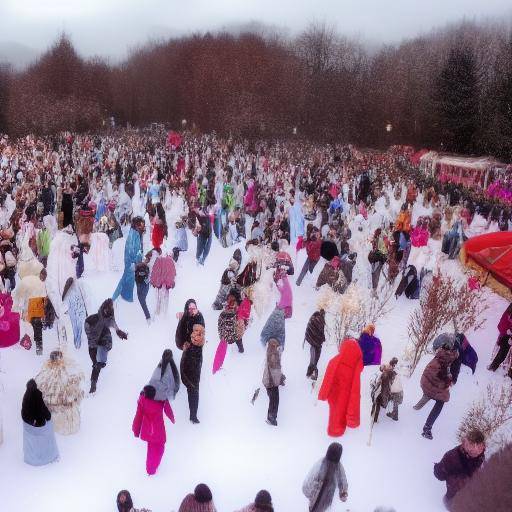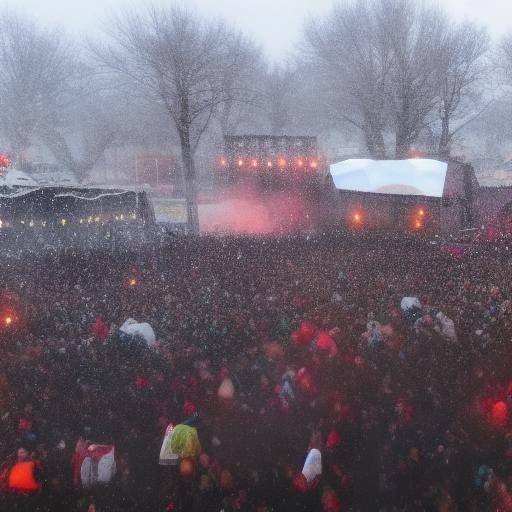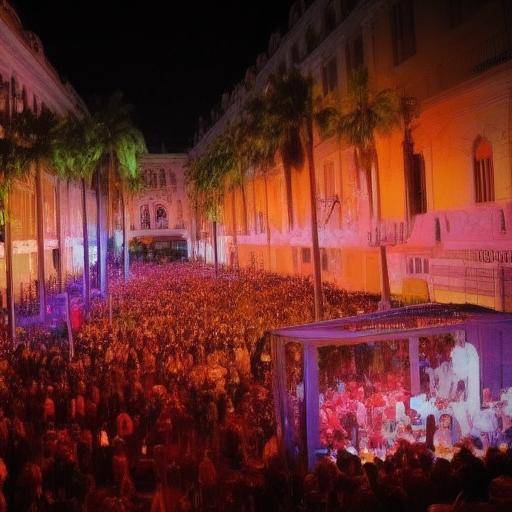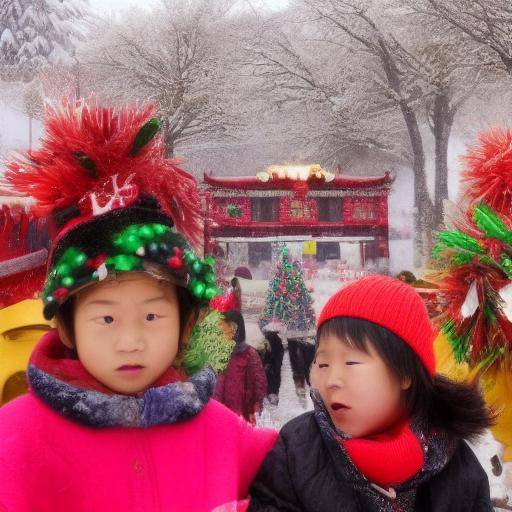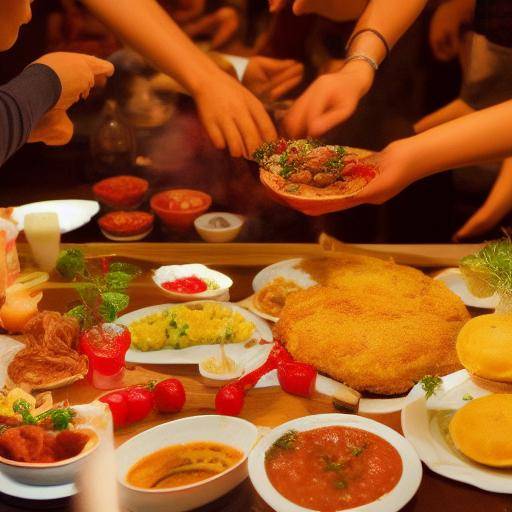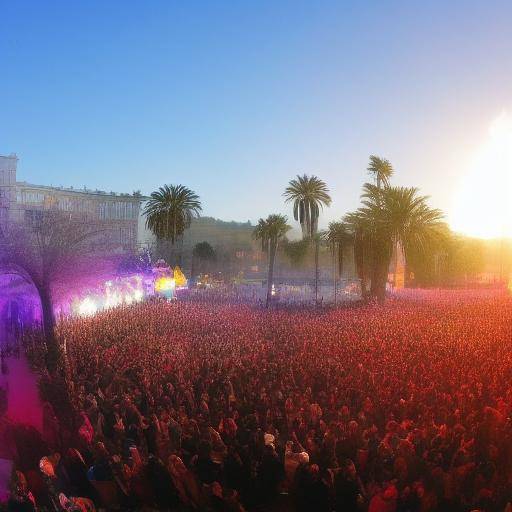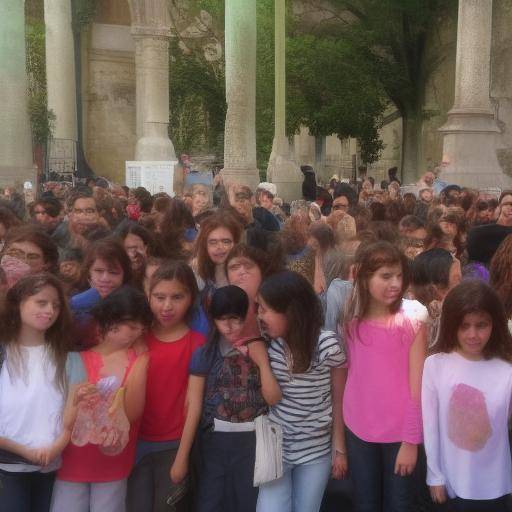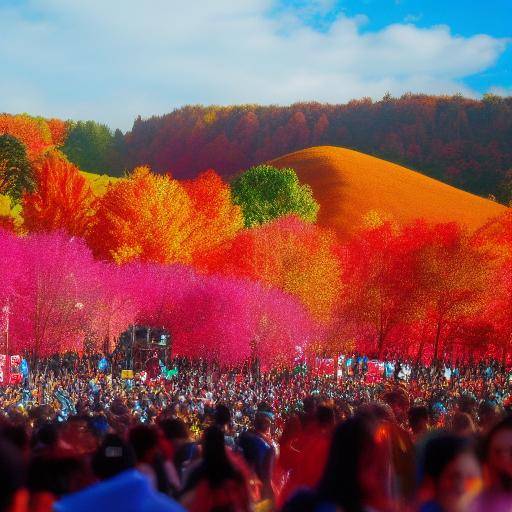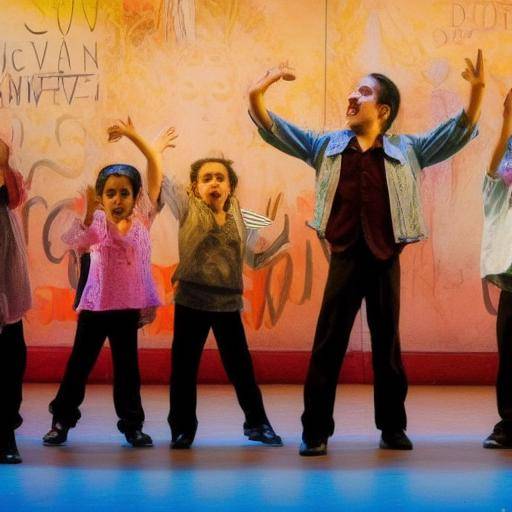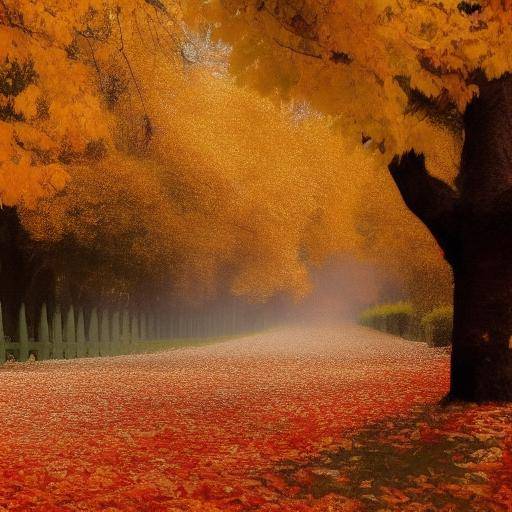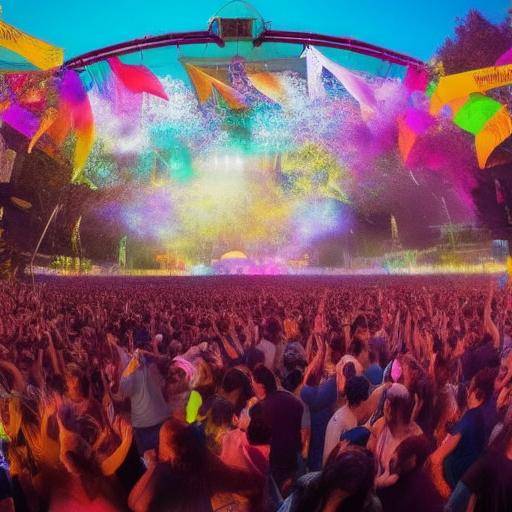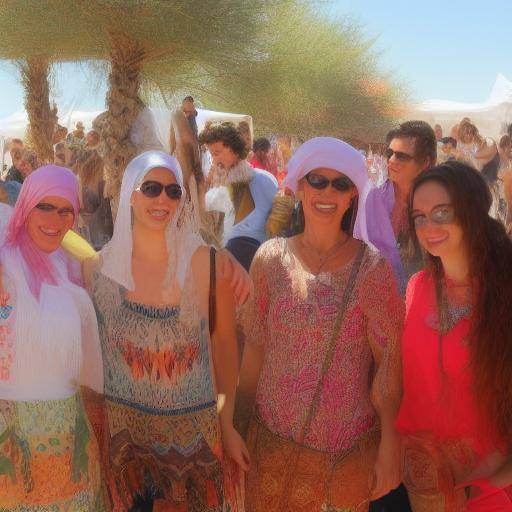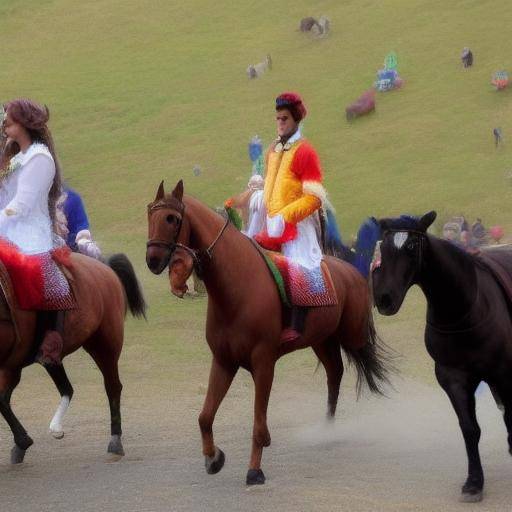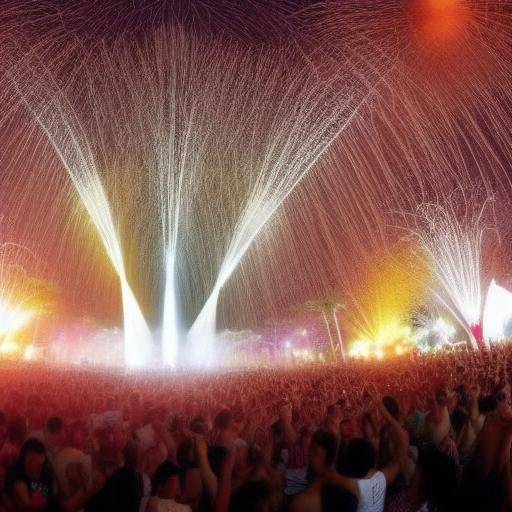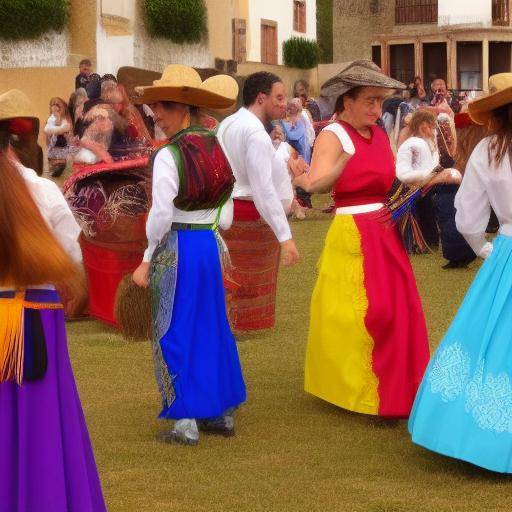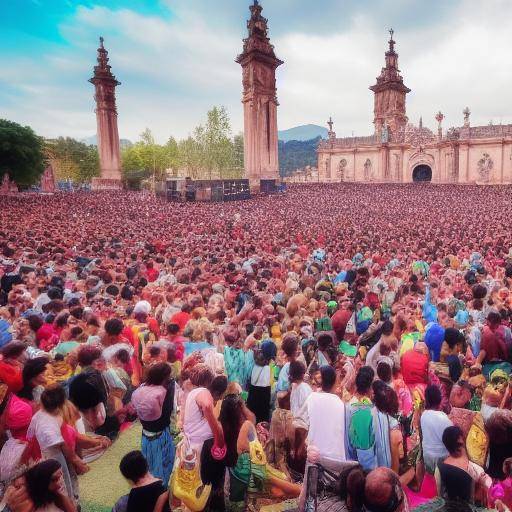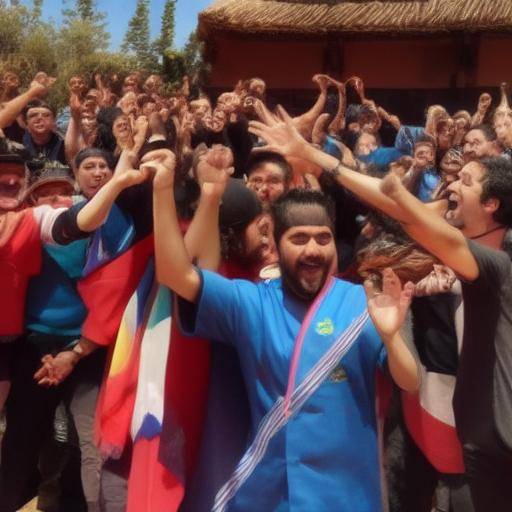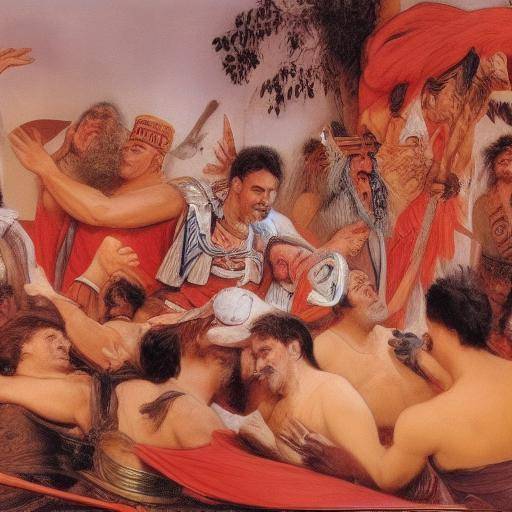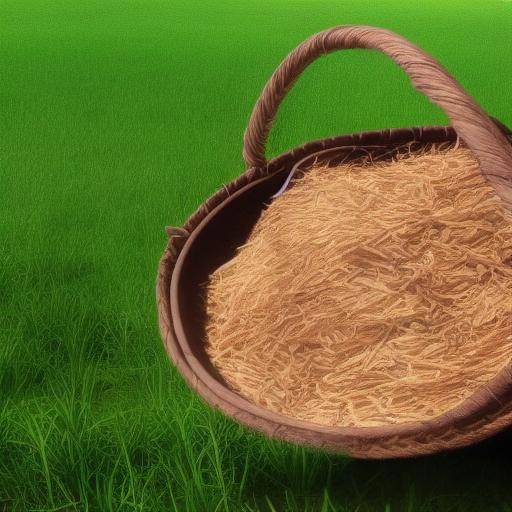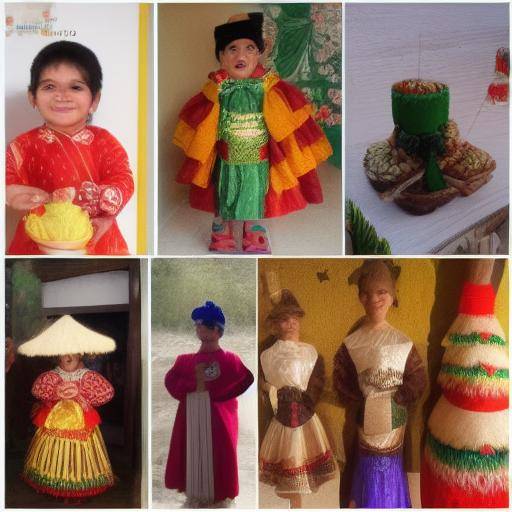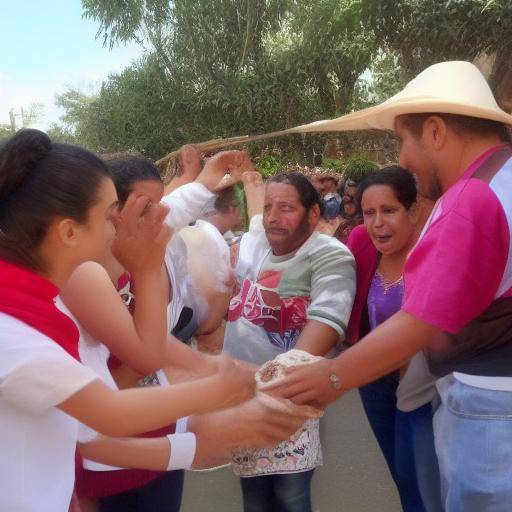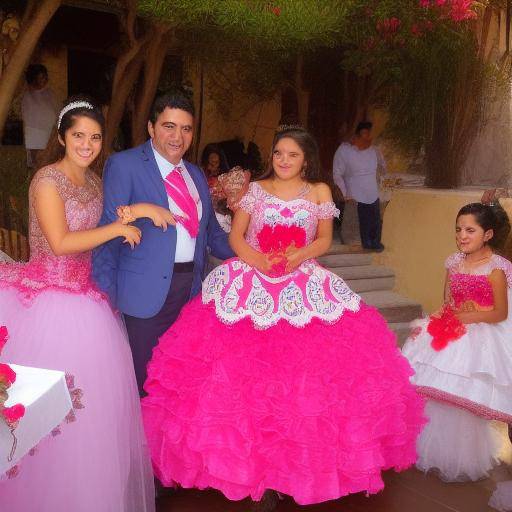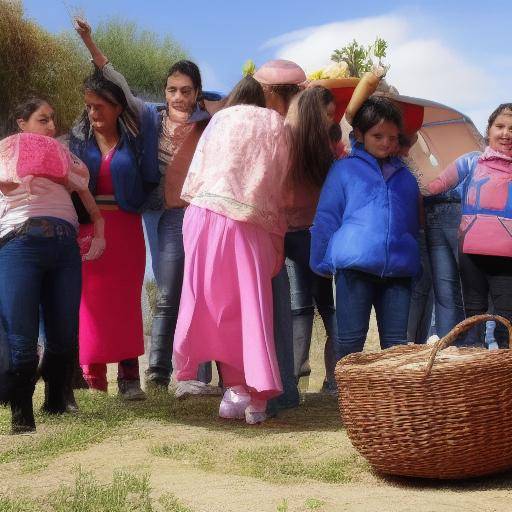
The spring equinox marks the beginning of the rebirth of nature, a moment full of symbolism and celebrations that date back to ancient times. In this article, we will explore the historical roots and fertility rites associated with this festival, as well as the way it is celebrated in various cultures. Join us on this journey to discover the wealth of traditions and meanings that encompasses the celebration of the spring equinox and fertility.
The Spring Equinox: An Annual Renaissance
Origins and Meaning
The spring equinox, which marks the beginning of spring in the northern hemisphere, has been celebrated by cultures around the world since time immemorial. On this special date, the duration of the day and night are practically equal, symbolizing the balance between light and darkness.
Ancient civilizations attached great importance to this event, associating it with renewal, fertility and rejuvenation. Their rituals and celebrations were closely linked to land, agriculture and fertility.
Historical and Evolution Aspects
Throughout history, the spring equinox has marked the beginning of numerous festivities, from the Roman holidays in honor of the goddess Ceres to the Nordic celebrations dedicated to the god of rebirth, Baldur. These ancestral rituals have been intertwined with religious practices and beliefs, leading to a rich amalgam of traditions around the world.
In more recent times, the spring equinox has gained relevance in multiple cultures, becoming a symbol of both spiritual and physical hope, renewal and growth.
Celebration of the Spring Equinox around the World
In different parts of the planet, the spring equinox is commemorated with unique festivities that reflect cultural diversity and the connection with nature. From the dances around Maypole in Sweden to the festivals of Nowruz in Iran, each tradition brings its own color and meaning to this universal celebration.
Fertility Rites: The Renewal of Life
Meanings and Practices
Fertility rites linked to spring equinox are closely related to land, agriculture and procreation. These rituals symbolize the renewal of life and the fertility of nature, transmitting the hope of abundance and prosperity for agricultural communities.
Cultural manifestations and traditions
Over the centuries, ancient peoples have carried out fertility rituals that include dances, sowing ceremonies and offerings to the gods linked to fertility. These practices reflect the deep connection between humanity and earth, as well as belief in the powerful influence of nature on fertility and the cycle of life.
Celebration of the Spring and Fertility Ritual Equinox: A Cultural Legacy
Perpetuating the Traditions
Today, many communities continue to honor the ancient traditions of spring equinox and fertility rites. Through festivals, ceremonies and community meetings, the celebration of this date continues to provide a time for reflection, gratitude and hope.
Contemporary Relevance
Despite changes in the modern world, the celebration of the spring equinox and fertility rituals remain relevant in today's society. These holidays provide an opportunity to reconnect with nature, celebrate life and renew spirituality, serving as a reminder of the interdependence between humanity and the natural environment.
Conclusion
The spring equinox and fertility rites represent a powerful expression of the relationship between humanity and nature. Through their celebrations, these ancient traditions continue to be relevant in contemporary society, reminding us of the importance of renewal, fertility and connection with the earth.
In this time of transition and rebirth, the celebration of the spring equinox and fertility rituals give us the opportunity to reflect on the relationship with nature and nurture the hope of a prosperous and fruitful future.
FAQs
What is the meaning of spring equinox in modern culture?
In modern culture, the spring equinox represents the rebirth of nature and is celebrated as a symbol of hope, renewal and spiritual growth.
What fertility rites are commonly associated with spring equinox?
Fertility rites linked to spring equinox include sowing ceremonies, traditional dances, offerings to the gods of fertility and rituals of earth renewal.
What are some of the most emblematic cultural festivities related to the spring equinox?
Some of the festivities related to the spring equinox include the Nowruz festival in Iran, the celebrations of Ostara in Germanic cultures and the traditions of Holy Week in many parts of the world.
How is the spring equinox celebrated in indigenous cultures?
In various indigenous cultures, the spring equinox is celebrated with ceremonies of gratitude to the earth, sacred dances and rituals that honor the renewal of nature.
What role do fertility rites play in contemporary agricultural communities?
Fertility rites continue to play a crucial role in contemporary agricultural communities by symbolizing the connection between planting, harvesting and the fertility of land.
How can we incorporate the celebration of spring equinox and fertility rituals in our modern lives?
We can incorporate these holidays in our modern lives through practices such as gardening, active participation in local festivals and reflection on the value of nature in our daily lives.
External references
- National Geographic - The Science Behind the Spring Equinox
- UNESCO - Intangible Cultural Heritage: rituals and festivals
- History - Spring Equinox Celebrations
- The Guardian - Why the Zoroastrian New Year Has Echoes of Western Spring
With this exploration of the celebration of spring equinox and fertility rituals, we immerse ourselves in the wealth of traditions that honor the connection between humanity and nature. These holidays invite us to celebrate the renewal, fertility and hope that brings with it the change of season, reminding us of the importance of maintaining harmony with our natural environment.

